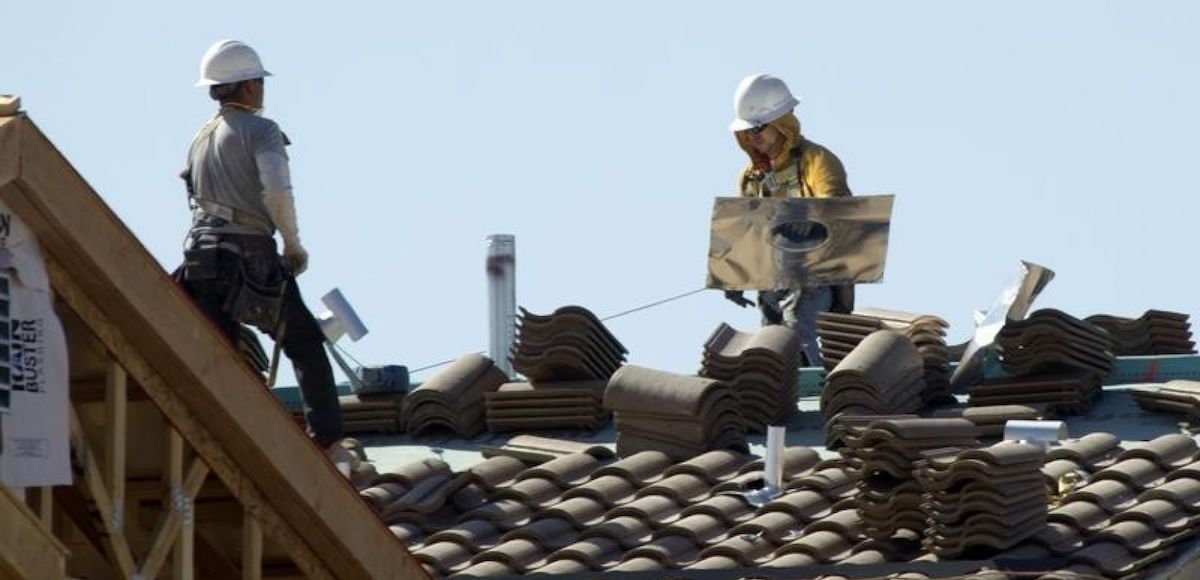

Roofers work on new homes at a residential construction site in the west side of the Las Vegas Valley in Las Vegas, Nevada April 5, 2013. (Photo: Reuters)
The NAHB/Wells Fargo Housing Market Index (HMI) edged down just 1 point to a still-solid reading of 67 in August. Builder confidence in the market for newly built single-family homes remains robust.
“The good news is that builders continue to report strong demand for new housing, fueled by steady job and income growth along with rising household formations,” said NAHB chairman Randy Noel. “However, they are increasingly focused on growing affordability concerns, stemming from rising construction costs, shortages of skilled labor and a dearth of buildable lots.”
For 30 years, the HMI has gauged builder confidence — or, homebuilder sentiment — for current single-family home sales and sales expectations over the next six months as “good,” “fair” or “poor.”
The HMI also asks builders to rate traffic of prospective buyers as “high to very high,” “average” or “low to very low.” Scores for each component are then used to calculate a seasonally adjusted index where any number over 50 indicates that more builders view conditions as good than poor.
“The solid economic expansion and firm job market should spur demand for new single-family homes in the months ahead,” said NAHB chief economist Robert Dietz. “Meanwhile, builders continue to monitor how tariffs and the growing threat of a trade war are affecting key building material prices, including lumber.”
The HMI subindex gauging current sales conditions ticked lower 1 point to 73, while the components in the subindex measuring expectations in the next 6 months fell a single point to 72. The metric for buyer traffic fell 2 points to 49.
“These cost increases, coupled with rising interest rates, are putting upward pressure on home prices and contributing to growing affordability challenges, as indicated by the latest quarterly reading of the NAHB/Wells Fargo Housing Opportunity Index.”
The 3-month moving averages for regional HMI scores in the South and West each held steady at 70 and 75, respectively. However, the Northeast and Midwest each fell 3 points to 54 and 62, respectively.
The most damning journalistic sin committed by the media during the era of Russia collusion…
The first ecological study finds mask mandates were not effective at slowing the spread of…
On "What Are the Odds?" Monday, Robert Barnes and Rich Baris note how big tech…
On "What Are the Odds?" Monday, Robert Barnes and Rich Baris discuss why America First…
Personal income fell $1,516.6 billion (7.1%) in February, roughly the consensus forecast, while consumer spending…
Research finds those previously infected by or vaccinated against SARS-CoV-2 are not at risk of…
This website uses cookies.